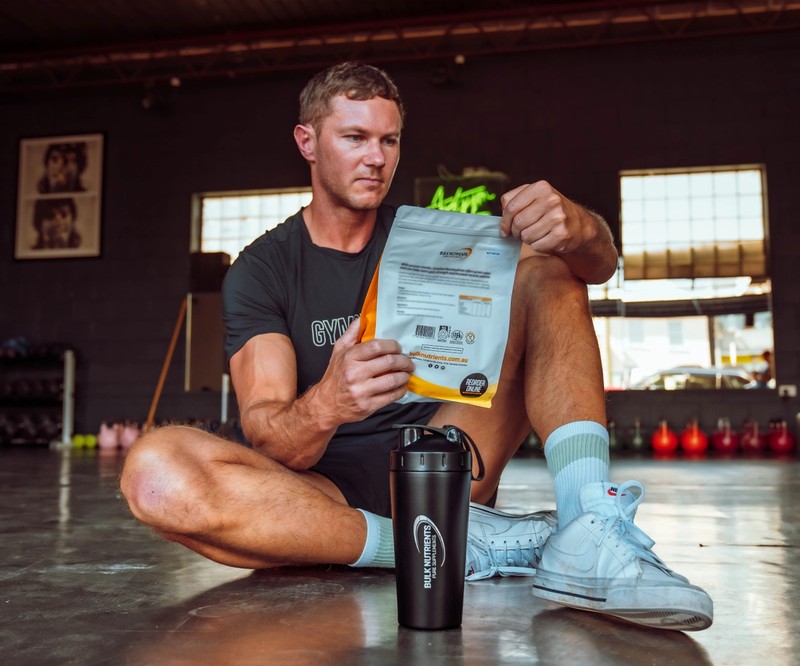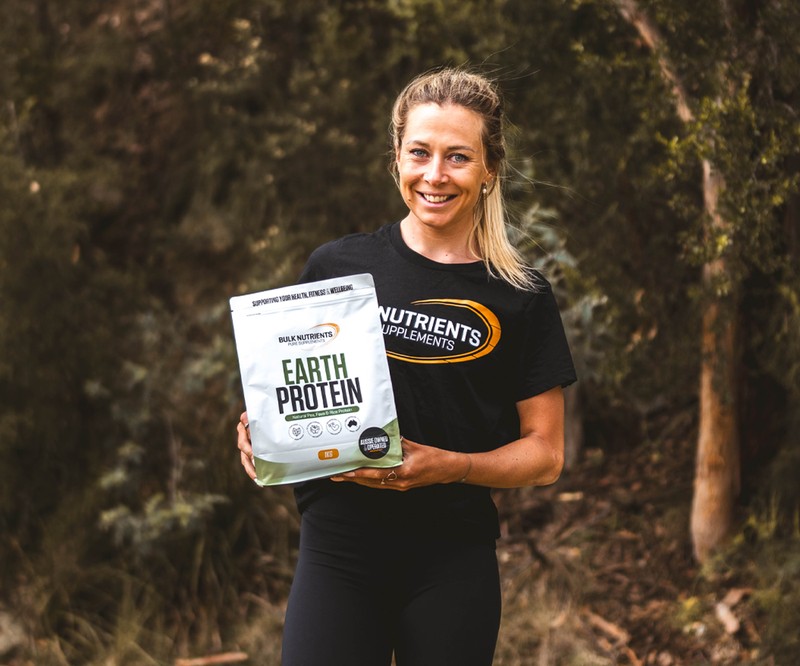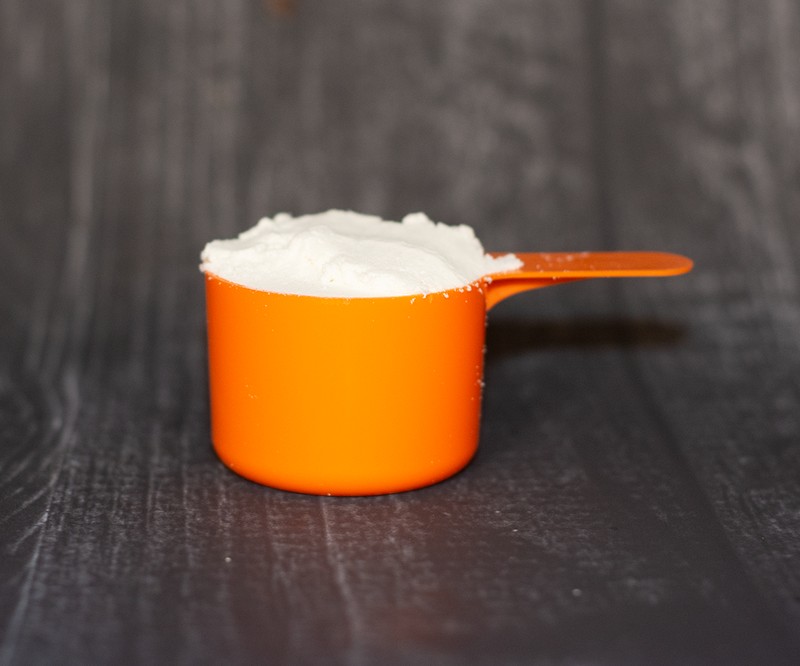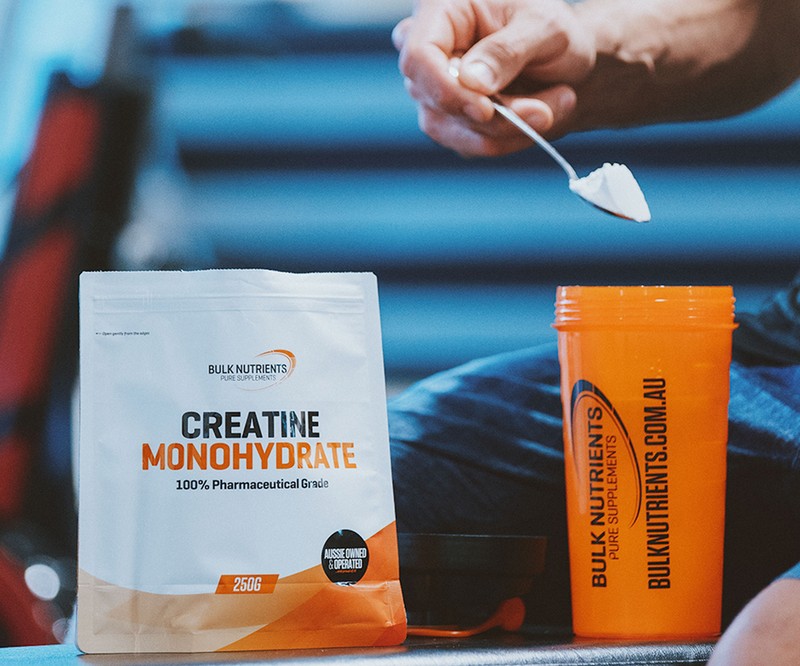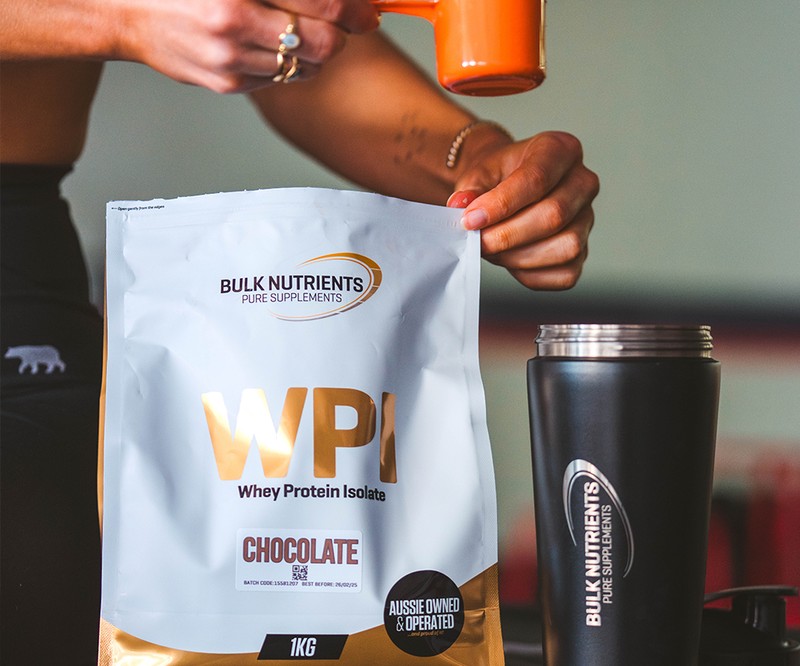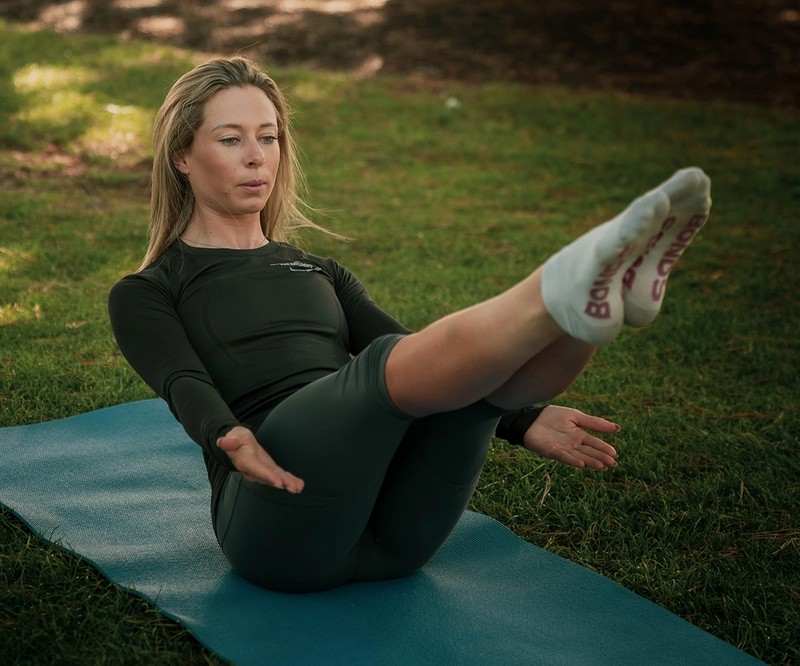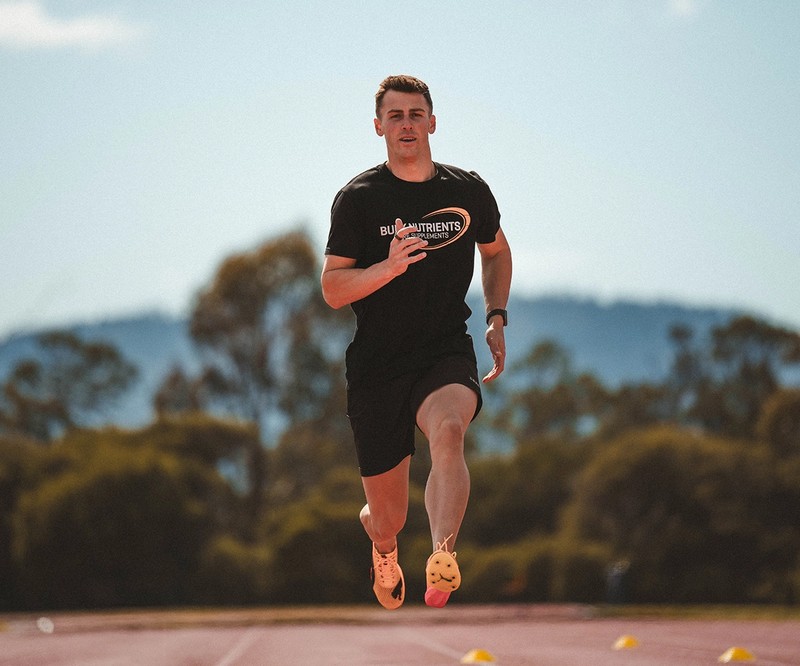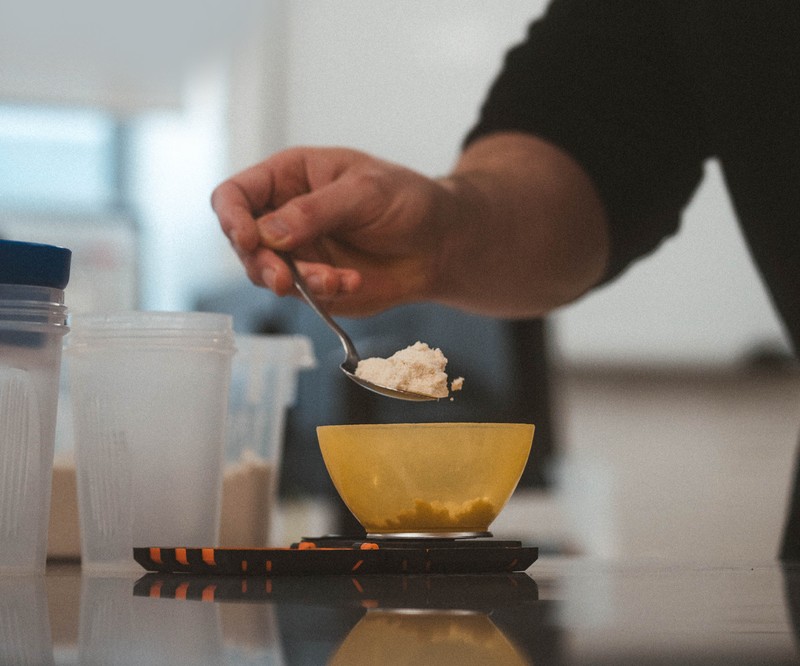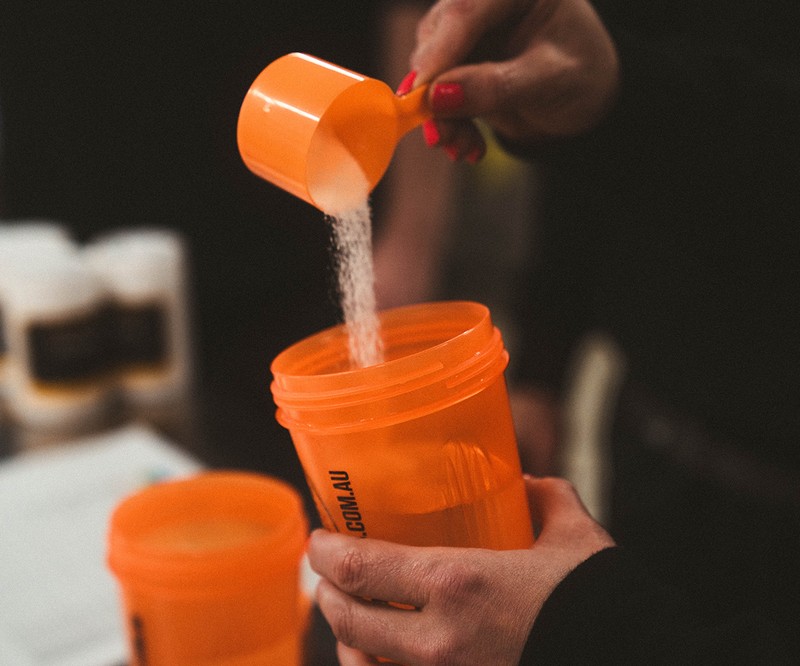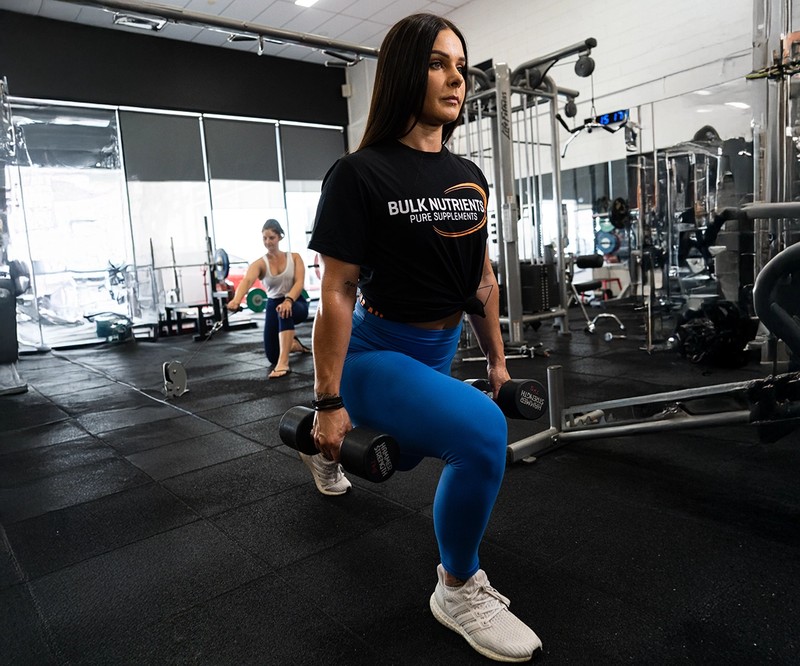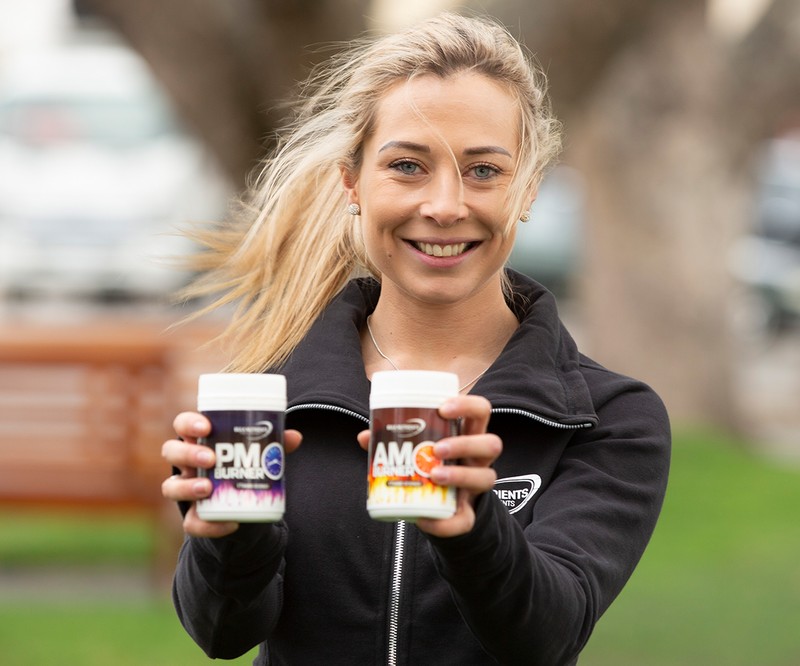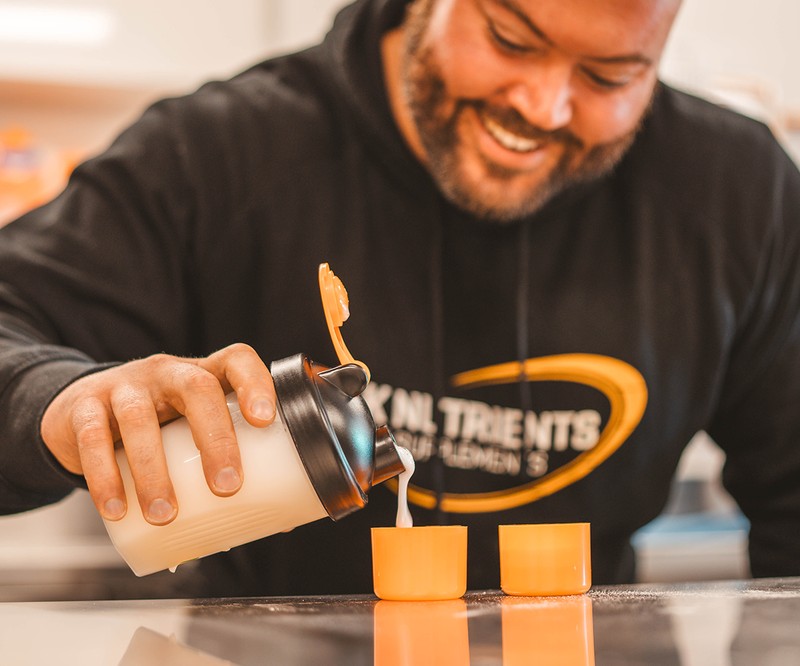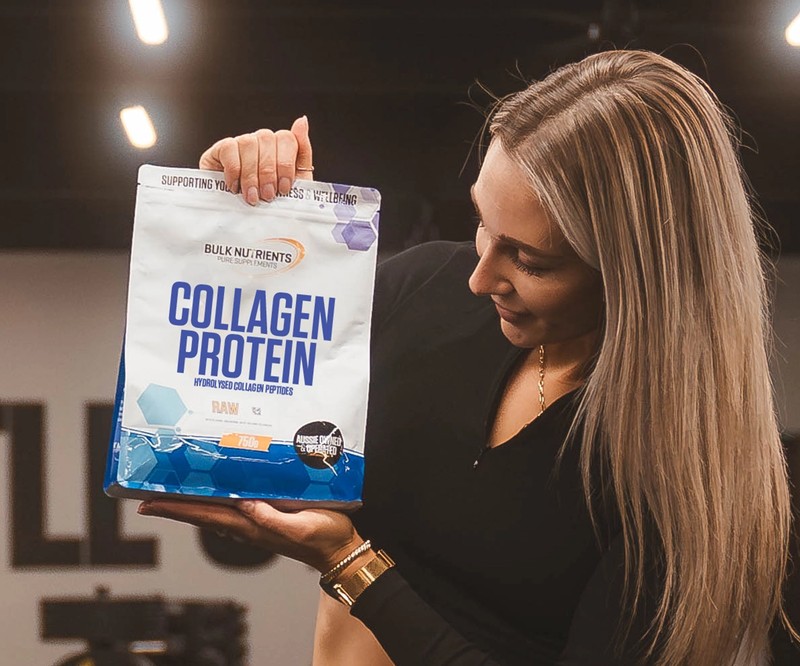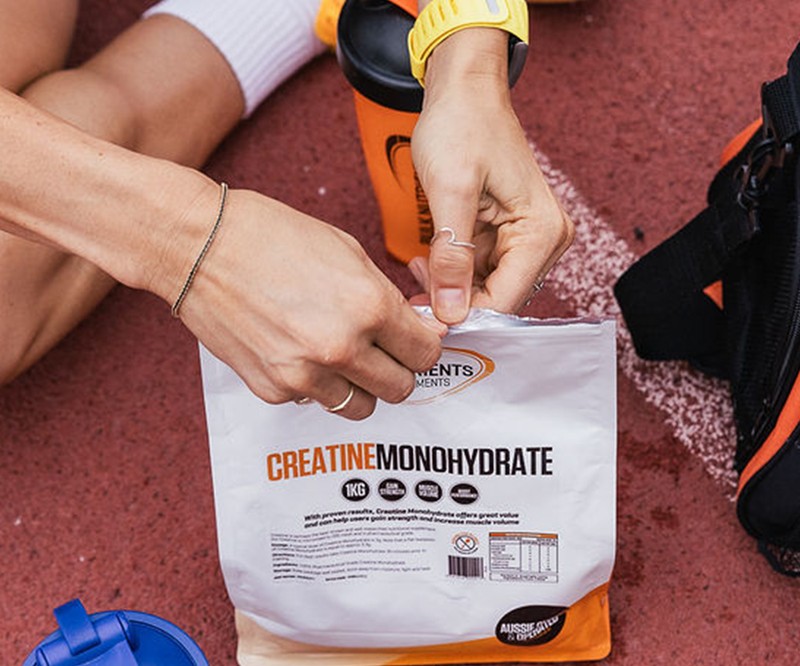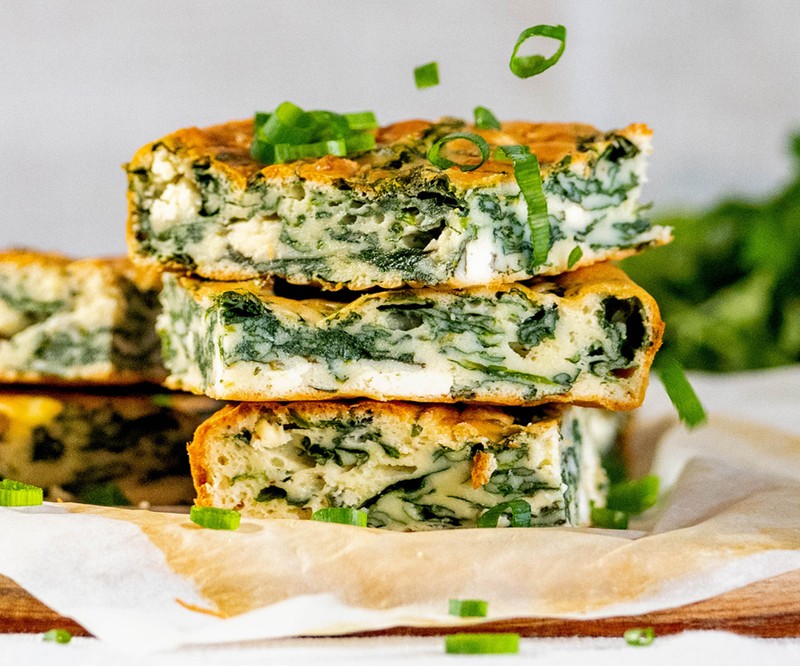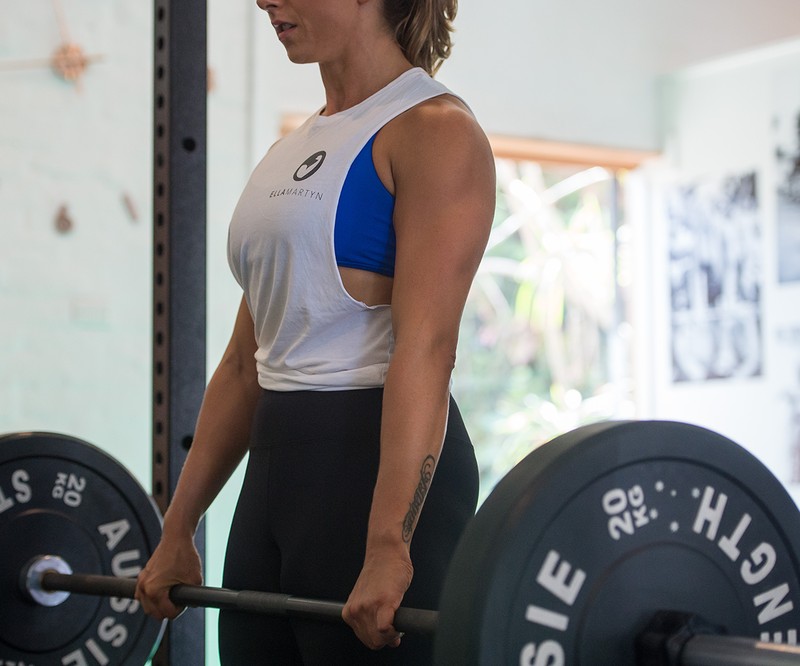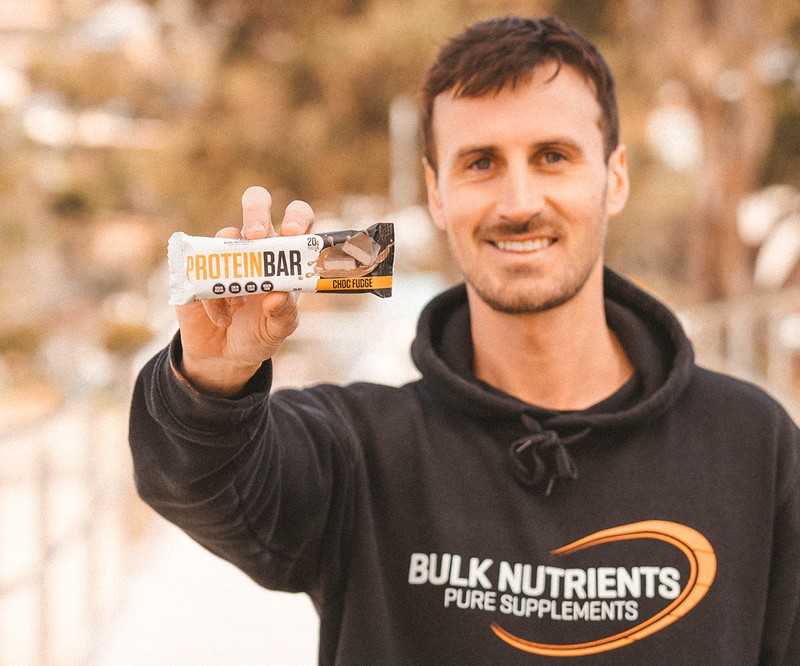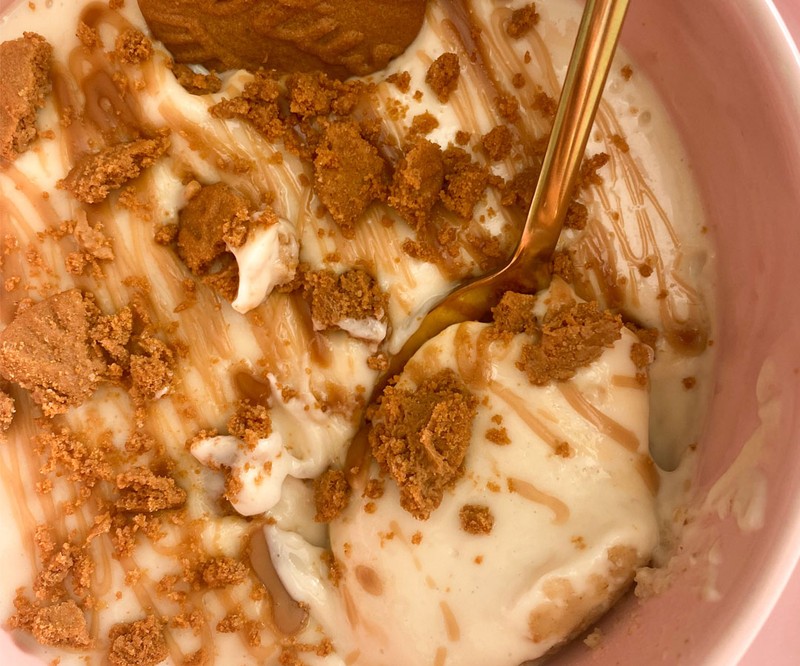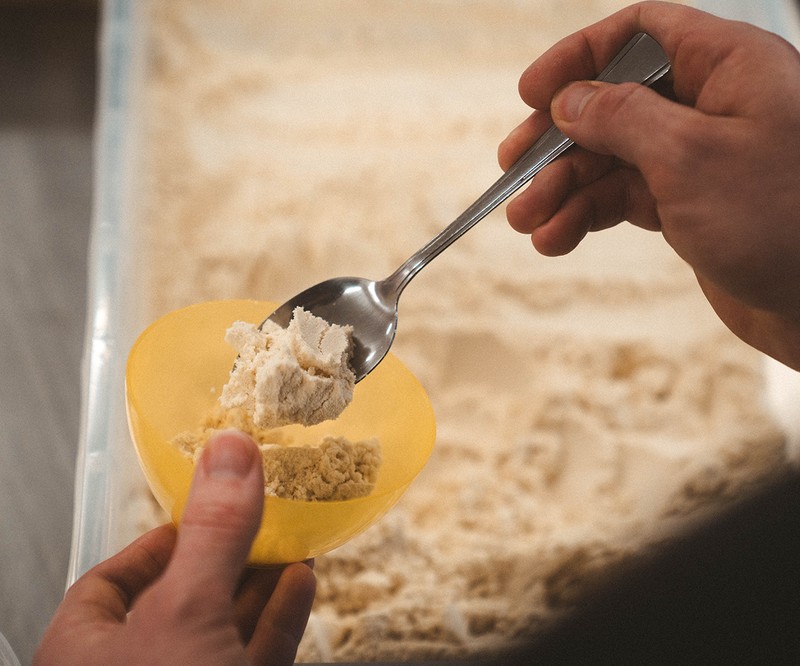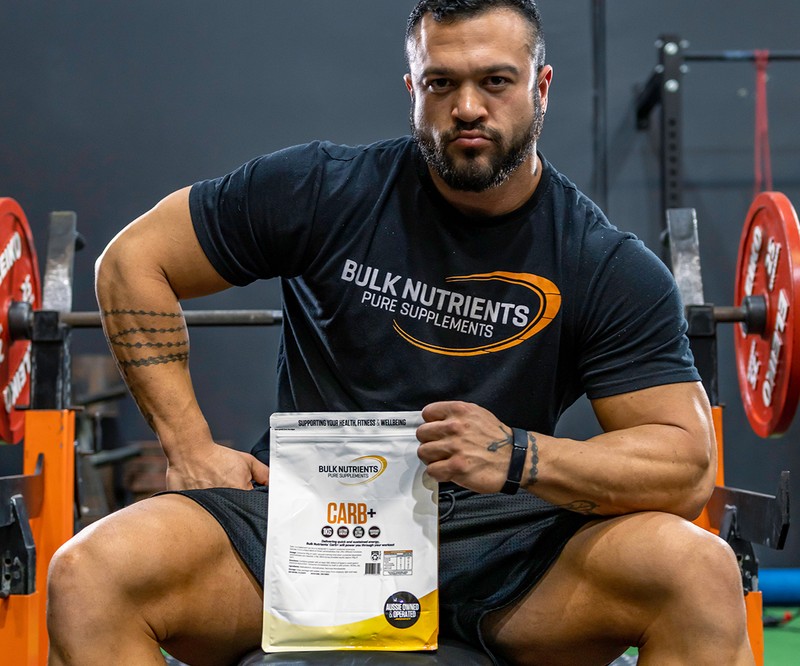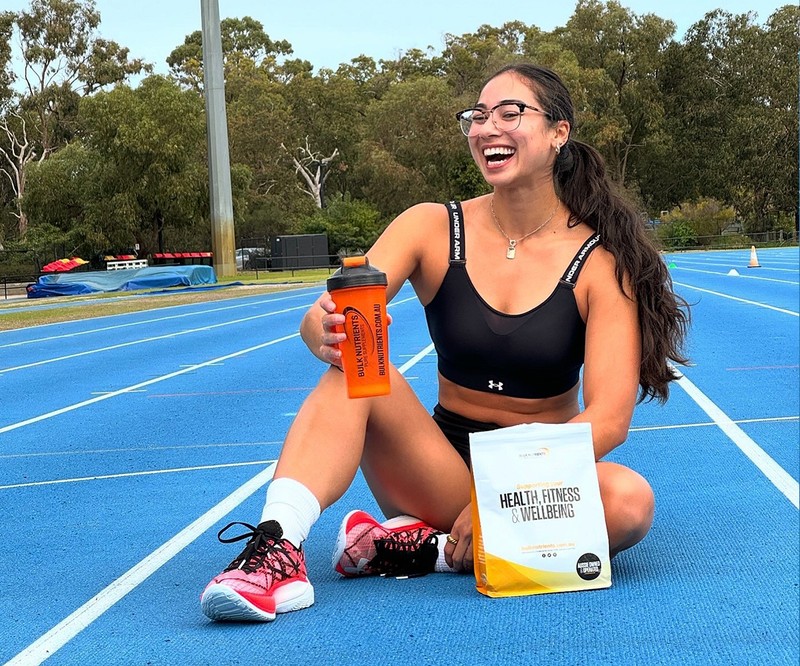Catering for athletes: Demographic and Psychological Factors

standpoint Social Facilitation
There is evidence to indicate that the size of the meals we consume are larger when eaten in the presence of other people. This has been compared to when eating alone, resulting in a smaller quantity.
Clendenen et al. (1994) assessed a study looking at this phenomenon. In it, a group of individuals were provided meals while dining alone or in a variety of different-sized groups.
The researchers found the original hypothesis of eating with company enhances consumption, was found to be positively associated.
This suggests that when we hang out with friends or loved ones – there's a likelihood of greater consumption of food and an increased chance of social facilitation of food consumed.

Food Choices
When comparing the food consumed across genders there has been some interesting findings observing a contrast in choices.
Three factors that have been identified to influence food choices more so in women than men including weight reduction, mood state and health issues (Pelly and Mirtschin, 2021).
As mentioned in the section above, the number of people present in an eating environment can dictate the quantity of food consumed. Other variables that influence food choices include the accessibility of food, the smell, timing of consumption, and ambient sounds (such as the house music playing in the cafe of my rock climbing gym where I am currently sitting writing this article #wheresmycoffee) (Stroebele and De Castro, 2004).
Combat athletes are historically known a variety of different weight reduction strategies to meet pre-designated weight goals at their ‘weigh-ins’, that influence dietary decisions.
I've partaken in and used these for my own weight reduction and body composition changes, for when I had my first (and only) Muay Thai fight in 2013.
Other reasons for which weight reduction may be required in a sporting context may include for performance (e.g. think of gymnastics or ballet) or aesthetic reasons (think of e.g. body building as well as ballet).
Though hitting weight goals, performance, or aesthetics can be applied across as myriad of sports not just the aforementioned – which could make for quite interesting discussion at your next social event!
A study out of Sweden (Pettersson et al., 2012) set forth the research goal of expanding on the understanding of various negative aspects regarding dietary strategies and weight managing practices experience by elite combat sports athletes before, during and between competitions.
Participants of said study were from the Swedish National team and consisted of wrestlers, judokas, boxers and those competing in taekwondo. Athletes represented both light and heavyweight athletes, and varied in genders.
Though their study cohort only consistent of 14 participants, the cohort represents a very high levels of athleticism providing a level of intrigue and reference for this article.
It was found that adhering to the demands of achieving optimal weight and nutritional intake was central to excellent performance, however problematic in nature. This was primarily due to negative physiological responses and opposing ideals of non-sport related nature, such as the importance of athletes to be healthy and social in their everyday lives.

Adolescents’ Specific Food Choices
While we are young, we can sometimes be at the mercy of food provisions by way of being guided by our parents or guardians. Often, we don’t get a choice – particularly in very young years of age.
During our developmental years our bodies go through exponential changes that vary from person to person. These changes require adequate nutrition and higher energy needs to meet growth demands.
So without generalising too much, let us take a brief look at what evidence has been found on this topic of what is being consumed. Garrido et al. (2007) found that when adolescents are away from their parental influence, there may be a likelihood that their nutritional intake is below optimal.
If sub-optimal nutrition (e.g. energy dense, low nutritionally valuable food options) combined with sedentary behaviour over an extended period of time, from adolescent into adulthood, may carry inherent health risks. These may include the development of obesity, osteopenia, cancer, Type 2 diabetes, coronary heart disease, hypercholesterolaemia and hypertension.
However, what is also just as important to recognise is that the mentioned list of health outcome isn’t just limited to adults. Adolescents can in fact be at risk too as evidence (Garrido et al., 2007) suggests.
From a practical standpoint, a suggestion I incorporate clinically, would usually involve promotion of fruits, vegetables, wholegrain, varying degrees of quantities and types of full-fat and low-fat dairy options, and incorporation of animal products where appropriate.
Additionally, advice and education particularly around fluid intake and snacks is commonly part of discussion for this demographic to support an active lifestyle and provide a basis of an overall eating plan for long-term health.

A recent study published in 2020 (Thurecht and Pelly) looking at young athletes from The World University Games (Universiade) and the Commonwealth Games found a variety of different influences leading to food choices. The authors of this particular research project found that Performance, Sensory Appeal, Food & Health Awareness, and Weight Control were the most frequently reported influences. This was particularly evident prior to the competition.
To a lesser extent, the reasons why particular food choices and dietary behaviours occurred included Emotional Influence, Influence of Others, and Food Values & Beliefs. In this same study, an element that can be inferred as a barrier to athletic performance in the younger demographic is the financial capacity to fund food choices. Let alone specific nutritional requirements such as following a gluten-friendly diet (like yours truly over here – I have had coeliac disease for ~23 years and I know all too well how much more expensive gluten-friendly foods are in comparison to other gluten-containing products).
Another practical stand-point to help mitigate this barrier of costly food consumption is maybe education on consuming food choices on a budget or ‘savvy’ food purchasing techniques directed at the younger audience. As you will see in many advertisements published by Bulk Nutrients, there is a cost of $x.xx per serve when you explore individual products.
Using this strategy to budget for x, y, z nutrients in varying quantities may work for you or someone you know. Another piece of evidence by Renner et al. (2012) found, using The Eating Motivation Survey (TEMS), that sociocultural motives such as sociability, social norms, traditions, and social image relate to motives for eating behaviours.
This latter piece of information is highly evidence in this day and age of social media – where at any one time an individual could be exposed to a varying degree of athletic individuals or have access to photos and videos of different foods from around the world – at the tips of their (social media user) finger tips.
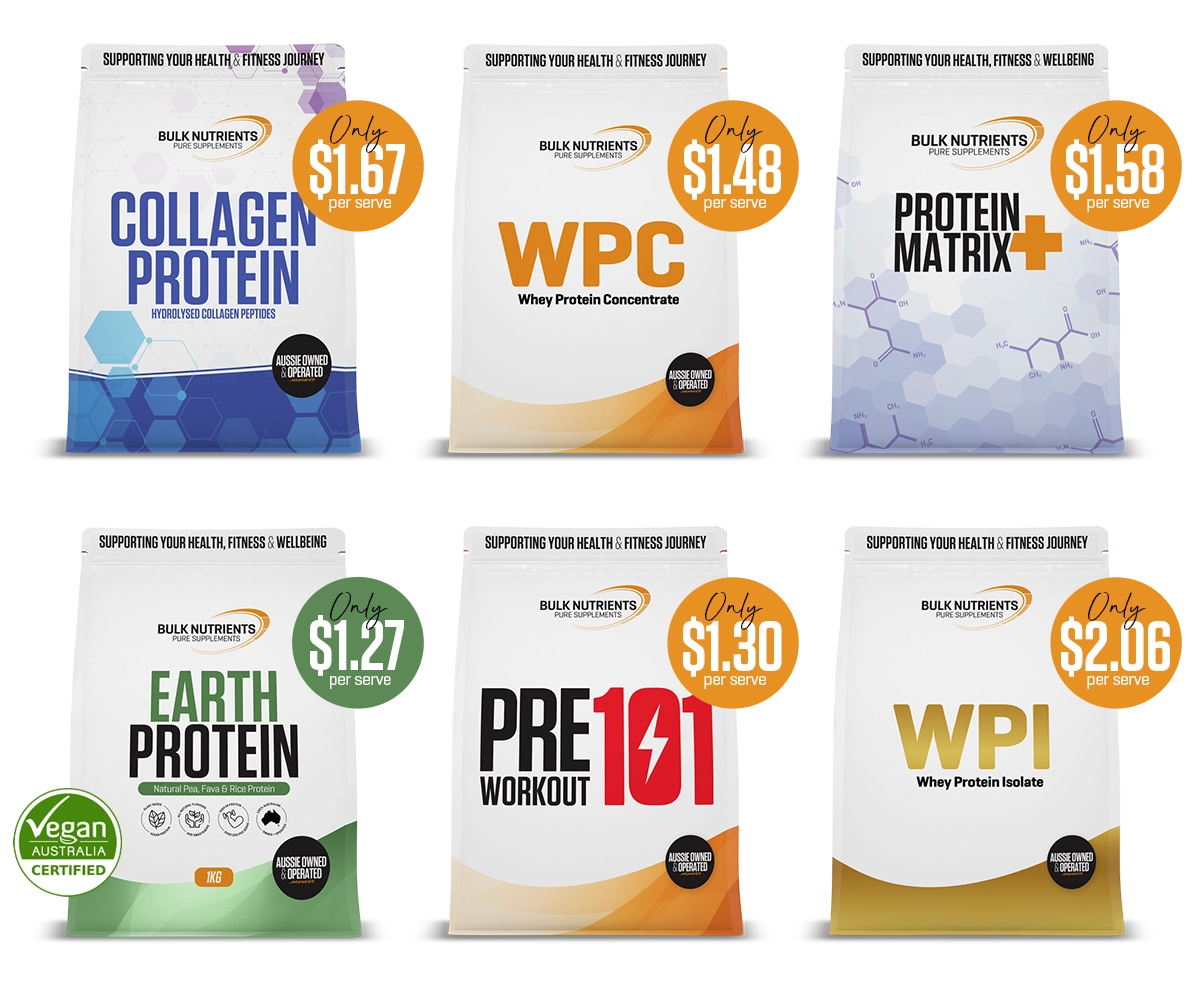
A Summary
Having an understanding of the above may help to lead to improvements in performance output, recovery, and sustainability of the overall health of those participating in recreational physical as well as high-level athletes – where the latter is where most of the research has been conducted on.
Psychology and food choices is a complex topic. I will be continuing to provide a variety of articles as a series on said topic. I will be analysing and providing a critical analysis of up to date scientific evidence and combine it with an (hopefully 😊) engaging approach to sharing this information with you (the readers).
In future articles I'll be covering are going to include: eating disorders and disordered eating in athletes, making weight, nutritional issues for young athletes, and weight loss and the athlete – psychological aspects and behaviour modification.

To summarise, psychology and food choices is a complex dynamic and there is no one perfect way of eating or conducting a dietary regime that will suit the next person.
Everyone is unique in their own way thus has unique requirements that can be influenced by everything from genetic predisposition to their (psychological) relationship with food, let alone sporting performance requirements.
For further information, support, or even just to discuss information from this article – please feel free to reach out to me on my socials.
You can find out more about me on my Shop by Recommended page, or hit me up on Instagram @maxcuneo.

Max Cuneo is a physiotherapist, nutritionist and sports trainer with a passion for health and wellbeing. He has competed in many sports including sailing and bodybuilding, and is working towards his Masters in Public Health.
More about Max CuneoReferences:
- Anderson, C. & Petrie, T. A. 2012. Prevalence of Disordered Eating and Pathogenic Weight Control Behaviors Among NCAA Division I Female Collegiate Gymnasts and Swimmers. Research Quarterly for Exercise and Sport, 83, 120-4.
- Clendenen, V. I., Herman, C. P. & Polivy, J. 1994. Social facilitation of eating among friends and strangers. Appetite, 23, 1-13.
- Garrido, G., Webster, A. L. & Chamorro, M. 2007. Nutritional Adequacy of Different Menu Settings in Elite Spanish Adolescent Soccer Players. International Journal of Sport Nutrition and Exercise Metabolism, 17, 421-432.
- Pelly, F. & Mirtschin, J. 2021. Catering for Athletes. In: Burke, L., Deakin, V. & Minehan, M. (eds.) Clinical Sports Nutrition, 6e. New York, NY: McGraw Hill Education (Australia) Pty Ltd.
- Pettersson, S., Pipping Ekström, M. & Berg, C. M. 2012. The food and weight combat. A problematic fight for the elite combat sports athlete. Appetite, 59, 234-42.
- Renner, B., Sproesser, G., Strohbach, S. & Schupp, H. T. 2012. Why we eat what we eat. The Eating Motivation Survey (TEMS). Appetite, 59, 117-128.
- Stroebele, N. & De Castro, J. M. 2004. Effect of ambience on food intake and food choice. Nutrition, 20, 821-38.
- Thurecht, R. & Pelly, F. 2020. Key Factors Influencing the Food Choices of Athletes at two Distinct Major International Competitions. Nutrients, 12, 924.
Images
- What to choose, Photo by Victoriano Izquierdo on Unsplash
- Pizza Portion sizes, Photo by Klara Kulikova on Unsplash
- Preacher Fight Night, Photo by Scottya
- Family time and pizza making, Photo by Jimmy Dean on Unsplash
- Like a Maze or Labrynth, Photo by Ashley Batz on Unsplash


